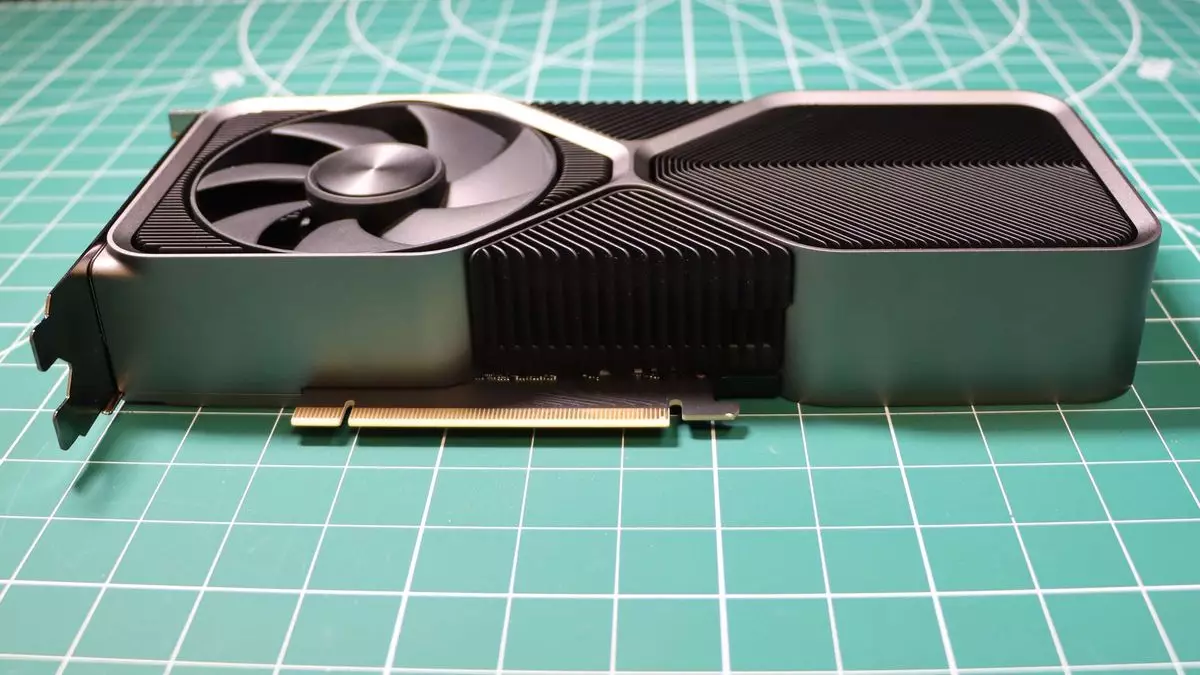In the ever-evolving world of computer graphics, Nvidia continues to be a titan, generating excitement with each new release. Recent rumors and leaks have indicated that Nvidia is preparing to unveil its new RTX 5090 graphics card, and while this information may not be groundbreaking, it builds intrigue within the gaming community. The potential specifications, including a remarkable 32GB of VRAM, have sparked curiosity about how this new lineup will shape the future of high-performance gaming.
The information emerged from a now-deleted post on Zotac’s website, which detailed not just the RTX 5090 but also a complete suite of upcoming mid- and upper-tier GPUs. In addition to the flagship RTX 5090, the lineup reportedly includes an RTX 5090 D version, seemingly designed to comply with U.S. export restrictions, along with the RTX 5080, RTX 5070 Ti, and RTX 5070. This leak represents a significant moment, as it suggests that Nvidia is preparing to officially announce these cards, generating much-needed anticipation for enthusiasts and gamers alike.
At the heart of this discussion is the RTX 5090, advertised as a powerhouse equipped with a functionality that goes beyond previous models. With an astonishing 21,760 CUDA cores—an increase from the RTX 4090’s 16,384—it is poised to deliver unprecedented performance. The 12Gbit/s memory interface, coupled with a 512-bit memory bus, promises to enhance bandwidth and efficiency, elevating the gaming experience to extraordinary heights.
The Performance Spectrum: Gauging Expectations Across the Lineup
Diving deeper into the specifications, some analysts are tempered in their optimism regarding the lower-tier models. The RTX 5080 is rumored to come equipped with 10,752 CUDA cores and maintain a 16GB VRAM limit—a configuration that may appeal to gamers seeking value without losing significant performance. However, the RTX 5070 Ti and 5070 are projected to feature only 8,960 and 6,400 CUDA cores, respectively, which may indicate a more modest leap in performance compared to their predecessors.
These specs suggest that while Nvidia is indeed pushing boundaries at the high-end, the lower-tier offerings are poised for more incremental upgrades. For example, if the RTX 5070 were to ship with just 12GB of VRAM, it raises concerns about whether lower-tier cards will truly meet the demands of today’s gaming landscape, especially as new titles often require substantial memory when utilizing advanced graphical features such as ray tracing.
As excitement builds around these probable advancements, there’s an underlying tension within the gaming community—will Nvidia’s pricing strategies match the unprecedented performance upgrades? High-end cards tend to come with exorbitant price tags, which can alienate average consumers. If the RTX 5090 is expected to be a top-tier card, how accessible will it be to everyday gamers?
Moreover, the anticipation surrounding NVIDIA’s products also underscores a growing concern: the company’s apparent strategy of slowly releasing performance enhancements across its product lines. Enthusiasts hope for robust updates, but many fear these incremental upgrades will fall short against the backdrop of escalating system requirements in modern gaming.
While the RTX 5090 represents a monumental step forward for Nvidia’s graphics technology, the complete lineup’s potential makes for a complex narrative. The release highlights both opportunity and concern—pushing boundaries in high-end performance while possibly leaving lower-tier consumers with less powerful options. The upcoming CES event in January may provide definitive details, allowing fans to fully understand what Nvidia has in store. As the gaming world awaits the official announcements, Nvidia’s capability to transform the gaming landscape—aided by the power of its new GPUs—remains at the forefront of everyone’s minds.


Leave a Reply